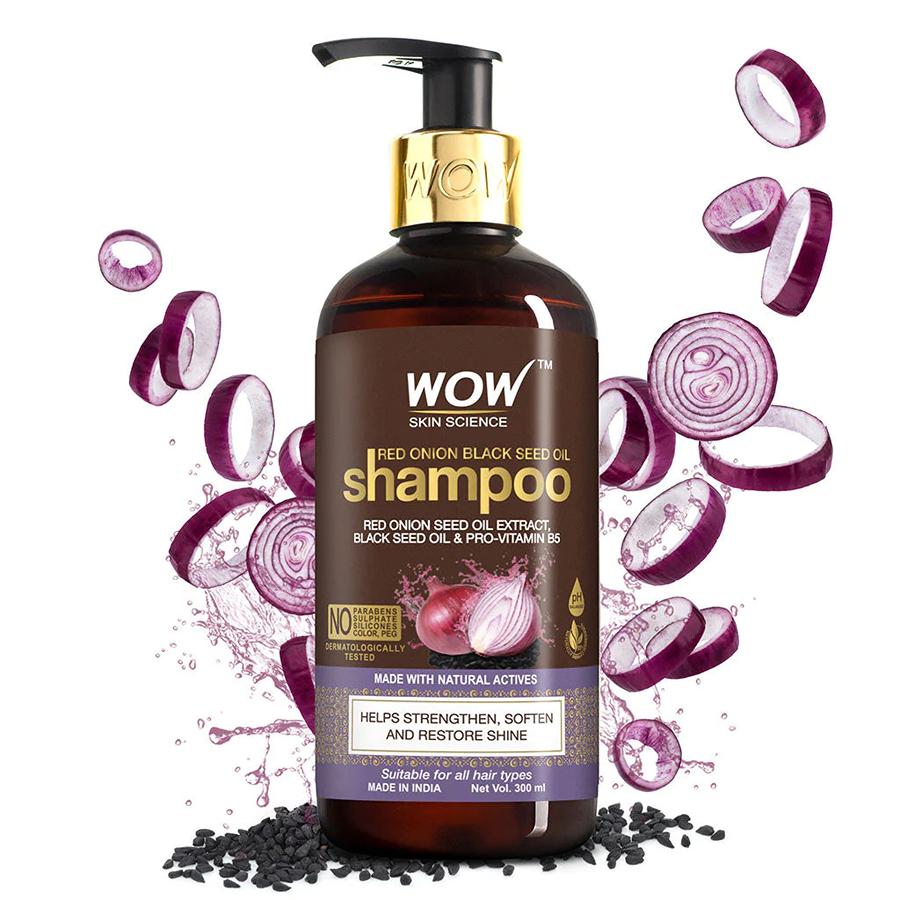The shampoo-free concept has gained popularity in recent years as people look for alternative methods to clean and care for their hair. This trend includes avoiding traditional shampoos containing sulfates and other harsh chemicals and choosing natural or sulfate-free options instead. While this approach has its supporters, it’s important to understand the potential pros and cons before deciding to go shampoo-free.

Table of Contents
Benefits of Going Shampoo-free
Exposure to chemicals:
One of the main reasons people choose to go shampoo-free is to minimize exposure to the harsh chemicals found in traditional shampoos. Sulfates such as sodium lauryl sulfate (SLS) are common ingredients in many shampoos and can strip hair of its natural oils, causing dryness and damage. By eliminating sulfates and other chemicals, people can experience healthier, more balanced hair.
Storage of natural oils:
Shampooing too often can strip the hair of its natural oils, which are necessary to keep the hair moisturized and maintain the hair’s natural shine. Thanks to no-shampoo, the natural oils or sebum produced in the scalp are distributed more evenly throughout the hair, which improves moisture and improves the overall health of the hair.
Better Scalp Health:
Shampoo-free advocates claim that avoiding traditional shampoos can lead to a healthier scalp. Harsh ingredients in some shampoos can cause scalp irritation, dryness and flaking. By removing these potentially irritating ingredients, people can experience a reduction in scalp problems and an improvement in the overall condition of the scalp.
Environmental Aspects:
Traditional shampoos often contain ingredients that are harmful to the environment, such as sulfates and certain preservatives. By choosing natural or sulfate-free options, people can reduce their environmental impact and promote sustainable practices.
Disadvantages of a Shampoo-free Product
Transition period:
When switching to a Sulphate Free Shampoo routine, people may experience an adjustment period where the scalp and hair need time to adjust. During this phase, the scalp can produce excess sebum, resulting in a greasy appearance and possibly an uncomfortable feeling. It may take several weeks for the scalp to regulate oil production and for the hair to rebalance.
Limited cleaning power:
Natural or sulfate-free options may not lather as much as traditional shampoos and may have limited cleaning power. This can make it difficult to remove excess oil, dirt and product build-up from your hair. It may be necessary to use alternative cleansing methods, such as diluted apple cider vinegar or special cleansing conditioners, to ensure that the hair is adequately cleansed.
Different hair types and needs:
Not all hair types and conditions respond well to a shampoo-free routine. People with oily scalps or certain scalp conditions may find that ditching traditional shampoos makes their problems worse. Before fully embracing the no-shampoo trend, it’s important to consider individual hair needs and consult with a hair care professional.
Conclusion
The no-shampoo trend offers potential benefits such as less exposure to chemicals, better preservation of natural oils, better scalp health and environmental considerations. However, it is important to be aware of the disadvantages, including the transition period, limited cleaning power and the different needs of different hair types. Before adopting a shampoo-free routine, it is recommended to understand the specific requirements of your hair and seek professional guidance if necessary. Ultimately, the shampoo-free decision should be based on personal preference, hair type, and personal experience.
